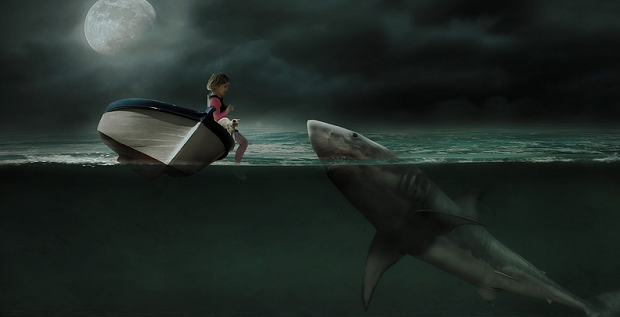

All of our choices offer tools for white balance, color adjustments, sharpening, cropping and straightening, healing, text overlay, and special effects.Įasy to use. We passed up one-trick ponies that only add filters or otherwise have a limited editing range. We looked for online editing tools that mimic fully-featured desktop image editors.įeature heavy. There are loads of online photo editors out there, but we chose our 10 favorites because they are:Ĭomparable to Photoshop. Free, web-based photo editors are a great alternative for getting the job done.
#FREE PHOTO LAYERING TOOL PROFESSIONAL#
When the netlist is extracted, nets are traced along connected copper from one layer to another according to the layer stack-up and layer sets provided.If you're not a professional photographer, it might not be worth the cash to get your hands on Photoshop, but that doesn't mean you can't get fancy with your photo editing. Enter the data to create the Layer Sets required for the blind and buried vias in the design. This dialog provides a map between the layers as they were imported into the CAM Editor (the layer logical order), and their physical build-up for manufacturing (layer physical order). You will see that the layer names have been assigned to the layer types as defined in the Layer Types Detection template.Ĭhange the Layer Physical Order, if necessary, by clicking on the drop-down list of a layer available in this column and selecting a new value. Select an assigned drill layer from the drop-down list that displays when you click in the Assigned Drill Layer column.

If you close and reopen this dialog, you will notice that the stackup has been rearranged to reflect any changes to the Layer Physical Order. Click the CAM button at the bottom of the workspace to open the CAM panel, where you can view the layer names and other information. To change the colors used in the Fill tool, you should again select the necessary layer and click the Brush icon to the left of the Editing Area. Solder bridging checks the Top and Bottom layers against the Mask Top and Mask Bottom layers for the distance from the edge of the mask opening to any objects under the mask but on a different net from the pad exposed by the mask opening. This table contains any layer pairs for associating blind or buried vias with assigned drill layers. Once all layers are correctly assigned, you should review the Layers Order Table to ensure that the PCB layer stack is correct. 2.If you need to add another layer type string, add a string (separated by a comma from the previous entry as shown above) to associate the layer with layer type. The important layers for netlist extraction, which is required before running the DRC to verify the data, are the signal and plane layers. The CAM Editor attempts to do this for you, matching the extensions of your Gerber files with those listed in the Layer Types Detection Template, but you should always review the Layers Table for completeness and accuracy. All Gerber, NC Drill and netlist layers in the CAM document must be assigned to an appropriate layer type. For more information about setting up importing options, refer to the CAM Editor Imports & Exports tutorial. Altium Designer's CAM Editor allows you to import Gerber and NC drill files and then run a set of design rules to verify the data in the imported files. This tutorial follows the steps that must be taken in order to extract a valid netlist from imported Gerber, NC Drill or ODB++ files, run a design rule check (DRC) on that data in Altium Designer's CAM Editor (CAMtastic®) and verify or modify the data.
#FREE PHOTO LAYERING TOOL FREE#
Pixlr is the free online tool for editing photos via web browser. Today I got this wonderful online application for editing PSD files (PhotoShop files) in online. Note: you can change the fill type for the layer any time, clicking the layer to be edited in the Editing Area or in the Layers List and selecting a new Fill tool instead of a previous one. The Brush can fill the layer with a single Solid color, and can also use Gradient, Texture or Hatch patterns.


 0 kommentar(er)
0 kommentar(er)
